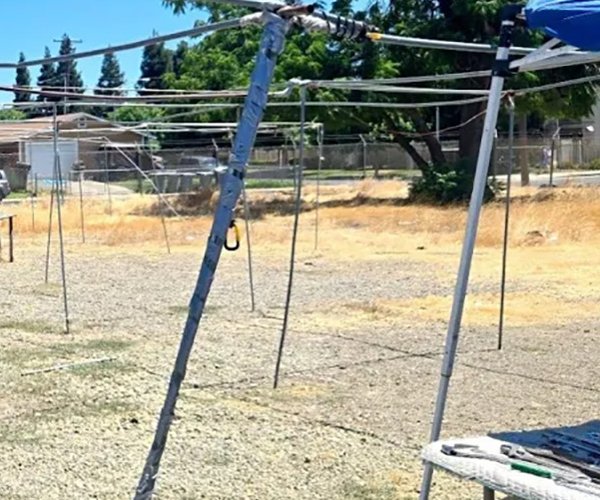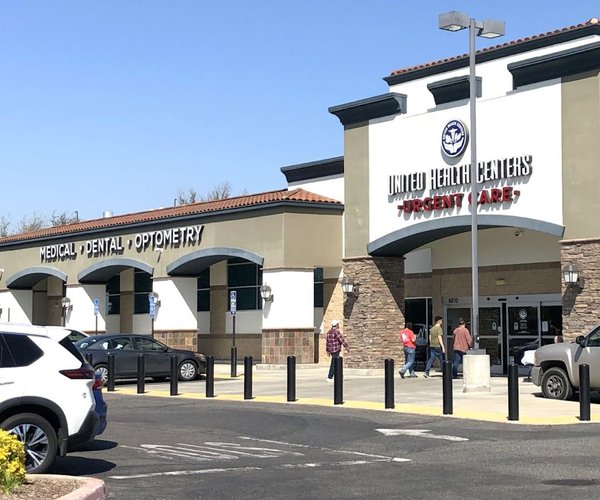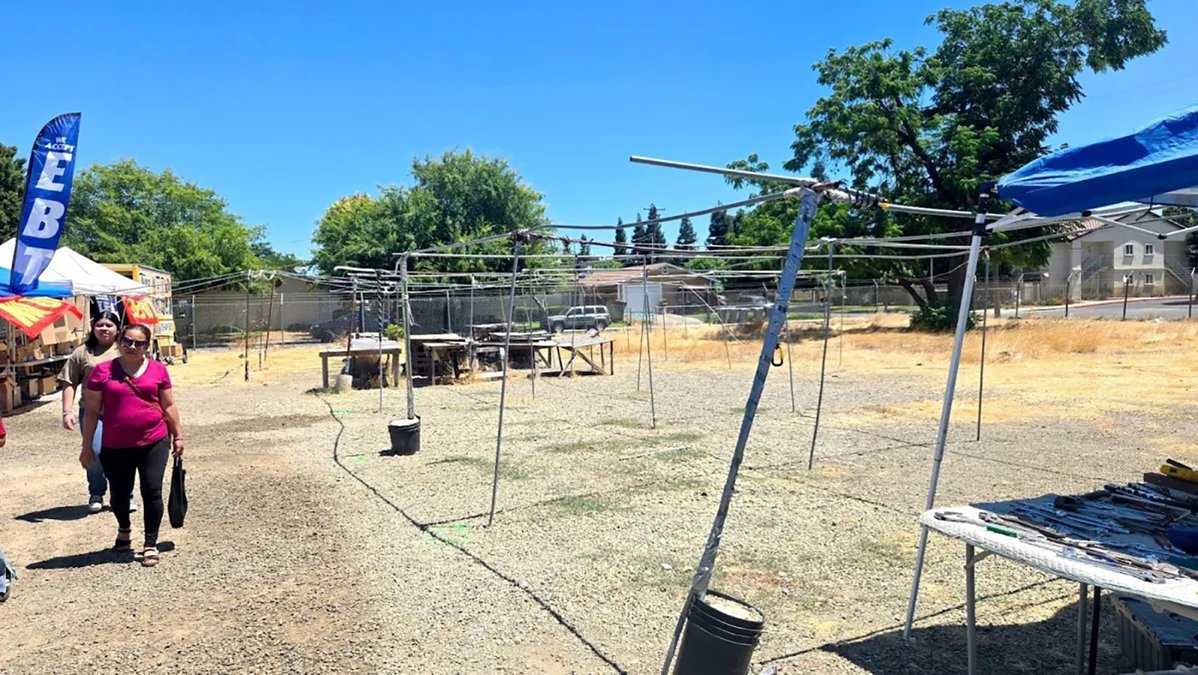Breaking with tradition – and moving away from a plan more than four years in the making – a split Turlock City Council voted 4-1Tuesday in favor of a growth plan which will see Turlock remain compact, house fewer citizens than previously projected, and preserve farmland.
Once finalized, that new Turlock General Plan will guide the city’s growth for the next 20 years, setting the tone for Turlock’s next generation.
The Turlock City Council sided with the Planning Commission in the decision, adopting the commission’s recommendation as presented with no alterations; in August 2010 and in March 2011 votes, the City Council went against the commission’s direction, opting to pursue northwest growth as an option.
“Housing has to be able to pay its way, and it is very expensive,” said Councilwoman Mary Jackson, a longtime opponent of northwestern growth. “We need to grow smart, and housing to the west of Highway 99 is not the way to do it right now.”
The preferred General Plan, as suggested by the Turlock City Council in 2010, would have seen the city grow to five large master planned new neighborhoods southeast of the existing city. A sixth new neighborhood was proposed for northwest of Highway 99.
In total, the preferred General Plan would have accommodated 126,800 residents, using higher-density development while still maintaining a range of housing types from apartments to single-family homes.
Planning Commissioners on Thursday recommended adopting an alternative growth plan, one which would see Turlock grow only to three of the five southeast master plans, accommodating about 105,000 residents. That alternative was found to have the least environmental impacts, but would accommodate only the low-end of Turlock’s growth projections.
A third option, which would have seen Turlock grow to all five southeast master plan areas but not the northwest was not directly mentioned Tuesday. Council members seemed weary of high costs associated with road improvements needed to expand to the final two master plan areas.
Council members also supported a Planning Commission-endorsed provision which will not allow the city’s borders to expand until the first Southeast Master Plan, the Northeast Master Plan, and the East Tuolumne Master Plan have reached a combined 70 percent build-out. Previously, the city’s borders could grow as soon as that first southeast area reached 70 percent build-out, potentially leaving Turlock’s northeast unfinished even as the south was built out.
As the growth plan chosen by council members was not the preferred option, city staff did not have all the proper documentation on hand to support accepting the smaller layout. The measure will return at the council’s 7 p.m. Sept. 25 meeting for final acceptance.
Not unanimous on future
Councilwoman Amy Bublak cast the lone dissenting vote. She made a motion to accept the larger plan at one point, but no council member seconded her motion.
Bublak said the larger plan would give Turlock more options to grow. Should a particular master plan area be deemed unfeasible, either due to unforeseen on-the-ground conditions or the Stanislaus County Local Agency Formation Commission denying Turlock the ability to annex the land, the city’s growth options could be non-existent.
“That, to me, is kind of shortsighted,” Bublak said.
The larger plan would also allow Turlock to grow if demand existed, without spending additional money to update the general plan, Bublak said.
But other council members supported the smaller growth plan, for myriad reasons of their own.
The small growth footprint will impact the least farmland – only 1,015 acres of farmland, about half that of the 1,950 acres of farmland the preferred General Plan would use. Turlock can grow to fill all three new master plan areas without building a new Highway 99 interchange – a $35-40 million condition to further southern growth.
And despite the smaller footprint, the area is expected to meet revised growth projections over the next 20 years, according to planner Leslie Gould of Dyett and Bhatia, the firm which drafted Turlock’s General Plan. With the provision requiring 70 percent buildout of the Northeast Turlock, East Tuolumne, and Southeast 1 Master Plans before developers can move to Southeast 1, as many as 1,500 units could need to be built before even triggering a second Master Plan area.
“It could be a long time at 20 building permits a month,” said Turlock Planning Manager Debbie Whitmore, referencing recent building rates.
Councilman Forrest White favored the smaller residential growth plan’s fiscal sense, looking to cities like Menlo Park as a model. That city is home to only 32,000 people, but has numerous industrial and commercial businesses. Those businesses generate more taxes for the city, while being less costly to service than homes.
“On a strictly cost-effective basis, rooftops are not the answer,” White said.
White also noted that by restricting growth, Turlock could increase property values.
And, should growth demand it, council members could always opt to expand the plan area in as short as a year or two. That expansion could be quite costly, though exact figures were unavailable Tuesday.









